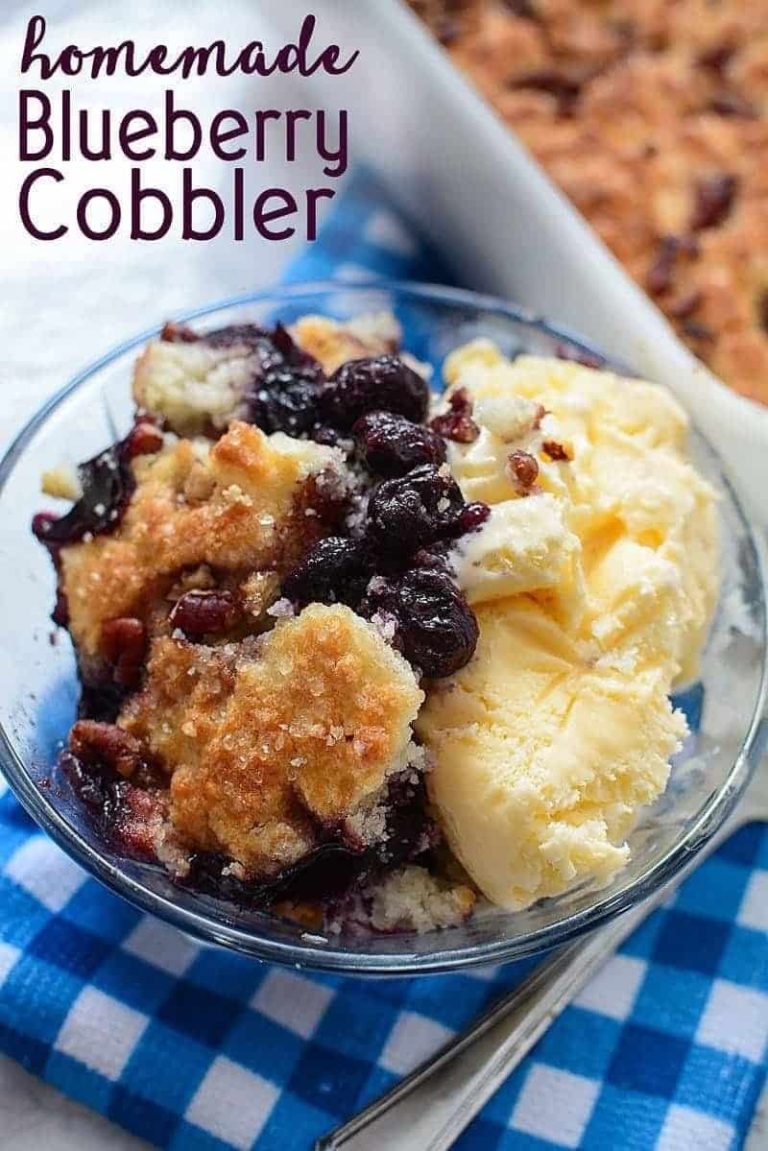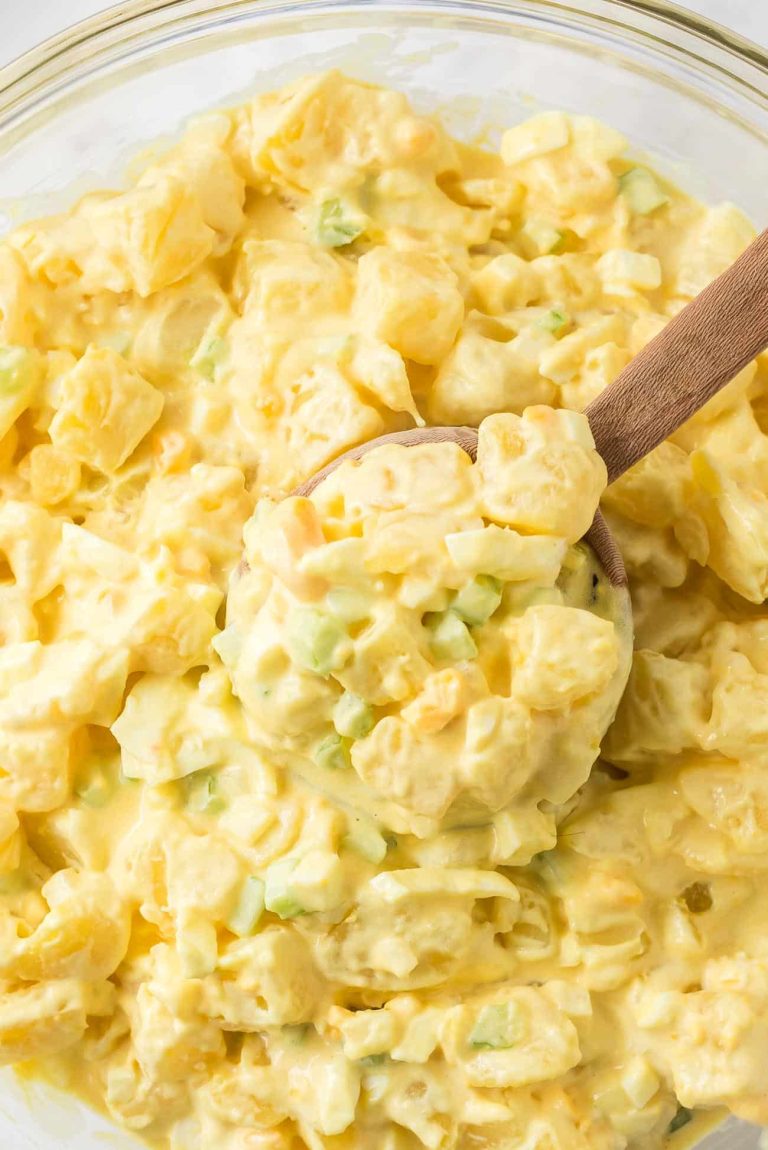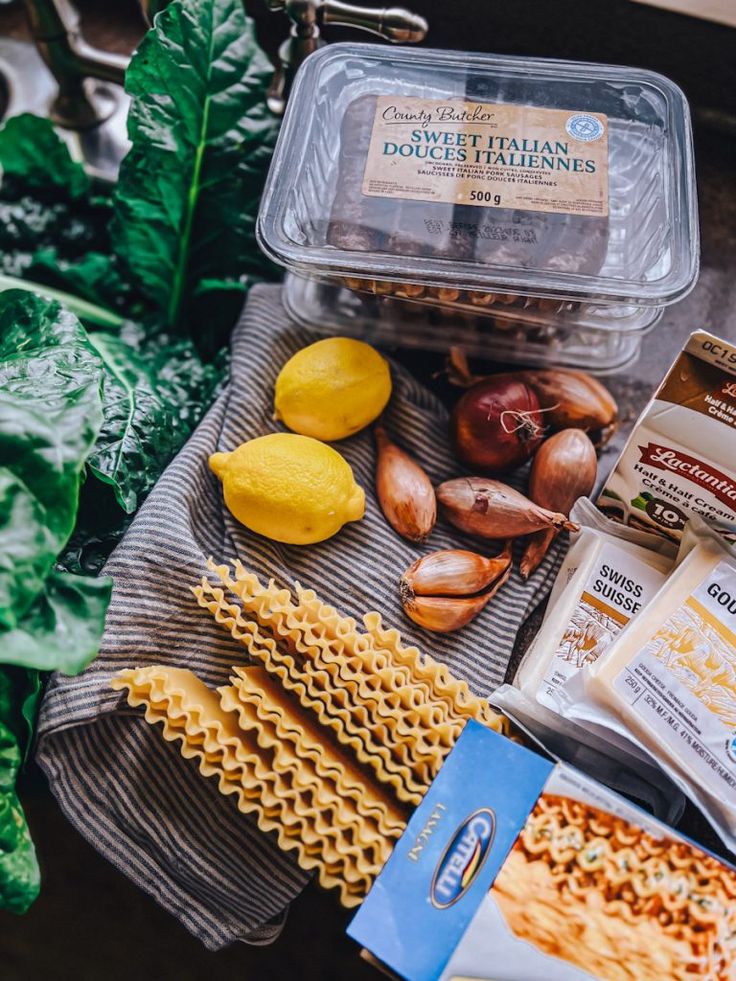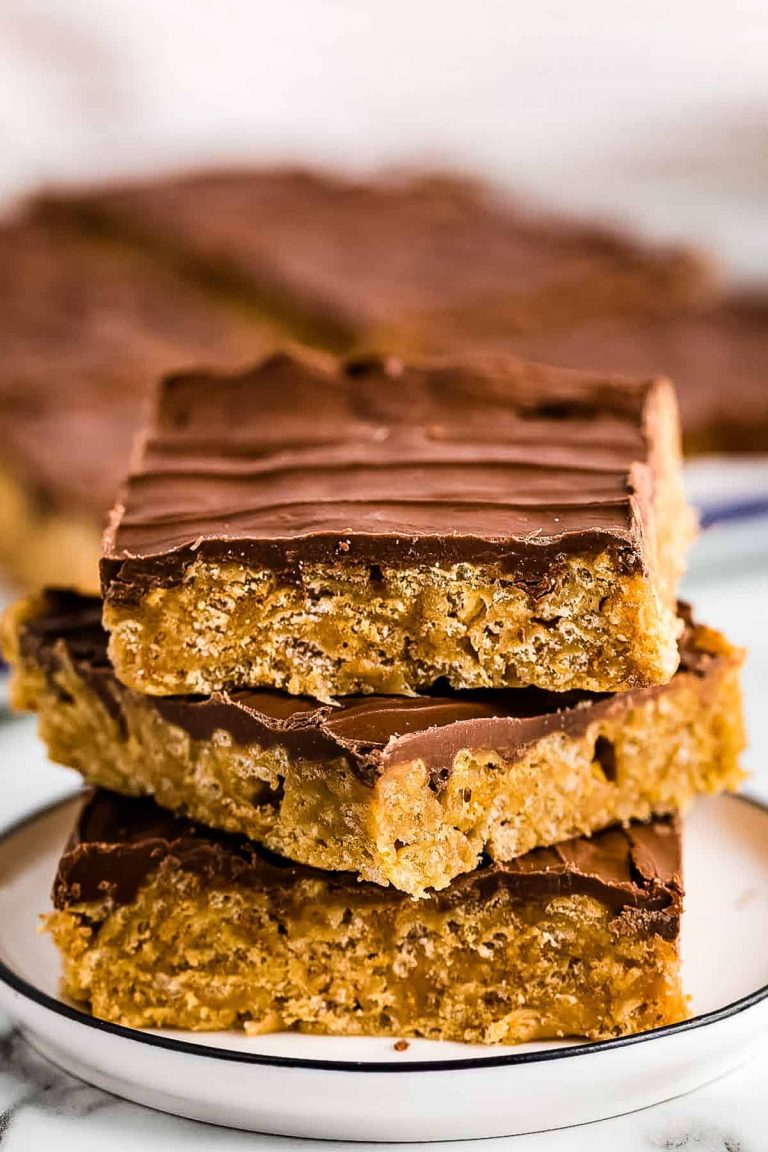Skillet Macaroni And Cheese Recipe: Perfect for Busy Weeknights
Using high-quality cheese ensures a rich flavor and creamy texture in skillet macaroni and cheese. Cheddar and Gruyère are top choices due to their meltability and taste. Cheddar brings sharpness, while Gruyère adds a nutty depth. Combining cheeses like Mozzarella or Gouda enhances creaminess. Opt for blocks of cheese and grate them yourself, as pre-shredded varieties often contain anti-caking agents that can affect texture.
Picking the Perfect Pasta
Selecting the right pasta impacts the dish’s texture and ability to hold the sauce. Elbow macaroni is a classic, but other small pasta shapes work well too. Shells, cavatappi, and orecchiette are excellent alternatives, each capturing the cheese sauce in their crevices. Cook pasta al dente, as it continues to cook in the skillet, absorbing more flavor without becoming mushy.
Essential Cookware for Making Skillet Macaroni and Cheese
Skillet Types and Their Impact on Cooking
Choosing the right skillet significantly impacts the consistency and quality of your macaroni and cheese. Cast iron, stainless steel, and non-stick skillets each have unique properties.
- Cast Iron Skillet: Holds heat evenly, retaining and distributing it well. Ideal for achieving a crispy, golden-brown crust on your macaroni and cheese.
- Stainless Steel Skillet: Heats quickly and reacts immediately to temperature changes. Offers excellent control over the cooking process and browning.
- Non-Stick Skillet: Prevents food from sticking, making it easier to clean. Suitable for those looking to avoid burning or sticking issues with cheese.
The Importance of Non-Stick Surface
A non-stick surface simplifies making macaroni and cheese by preventing the cheese from sticking to the skillet. This surface ensures easy food release, reducing the risk of burning and making clean-up effortless. The non-stick coating allows for less oil or butter, creating a slightly healthier dish without sacrificing texture or taste. Always use silicone or wooden utensils to protect the non-stick surface.
Step-by-Step Guide to Making Skillet Macaroni and Cheese
Preparing Your Ingredients
Gather your cheeses, pasta, and seasoning before you begin. Choose high-quality Cheddar for sharpness and Gruyère for creaminess, ensuring balanced flavors and textures. Measure 2 cups each of shredded Cheddar and Gruyère. Select 2 cups of elbow macaroni, as its shape holds the sauce well. Keep 2 tablespoons of butter and 2 tablespoons of flour ready for the roux. Use 2 cups of whole milk and 1 cup of heavy cream for a rich sauce. Lastly, have 1/2 teaspoon of salt and 1/4 teaspoon of black pepper for seasoning.
Cooking Techniques
Boil the pasta in salted water until al dente, which usually takes about 7 minutes. Drain and set aside. Use a cast iron or non-stick skillet to prepare the sauce. Melt the butter over medium heat, then whisk in the flour. Stir until the mixture turns golden brown, which should take about 2 minutes. Gradually add the milk and cream, whisking continuously to avoid lumps. Once the sauce thickens after 5 minutes, reduce the heat. Stir in the cheeses until melted and smooth. Add the drained pasta and mix until well-coated. Let it cook for an additional 3 minutes to ensure the flavors meld. Serve immediately for best results.
Variations of Skillet Macaroni and Cheese
Adding Vegetables for a Nutritious Twist
Enhance the nutritional value of your skillet macaroni and cheese by adding vegetables. Broccoli, spinach, and bell peppers integrate well. Broccoli florets add fiber, spinach boosts iron, and bell peppers provide vitamins A and C. Briefly steam or sauté vegetables before mixing them into the cheese sauce. This quick step keeps the veggies crisp and retains their nutrients.
Incorporating Different Meats
Diversify your skillet macaroni and cheese with different meats. Bacon, chicken, and sausage introduce protein and flavor. Crispy bacon bits offer a smoky touch. Grilled chicken breast adds lean protein. Spicy sausage brings a kick. Cook meats thoroughly before incorporating them into the skillet. Add these ingredients just before baking to maintain texture and taste.
Health Considerations for Skillet Macaroni and Cheese
Tips for Reducing Calories
Skillet macaroni and cheese offers a comforting, indulgent dish, but there are ways to reduce its calorie count. Use whole wheat or chickpea pasta instead of traditional elbow macaroni for added fiber and protein. Opt for low-fat milk and cheese, such as part-skim mozzarella or reduced-fat Cheddar. Substitute some of the butter with olive oil for healthier fat content. Adding vegetables (like broccoli, spinach, and bell peppers) can add volume and nutrients without significantly increasing calories. You can also reduce the amount of cheese used or mix in nutritional yeast to maintain a cheesy flavor with fewer calories.
Gluten-Free and Vegan Options
For gluten-free skillet macaroni and cheese, use gluten-free pasta varieties (such as rice or corn pasta) and ensure all ingredients, including flour or thickeners, are gluten-free. Substitute dairy products with plant-based alternatives. Almond, soy, or oat milk work well as milk substitutes. Use vegan butter and vegan cheese, which are available in most grocery stores. Nutritional yeast adds a cheesy flavor without dairy. Combine these substitutions to make a delicious and inclusive skillet macaroni and cheese that fits various dietary needs.
Conclusion
Skillet macaroni and cheese is a versatile and satisfying dish perfect for any occasion. Whether you stick to the classic recipe or explore healthier and alternative ingredients, there’s a version that fits your lifestyle. With its rich flavors and easy preparation, it’s a go-to meal that brings comfort to your table. Enjoy experimenting with different variations and make this beloved dish your own.





